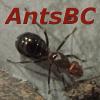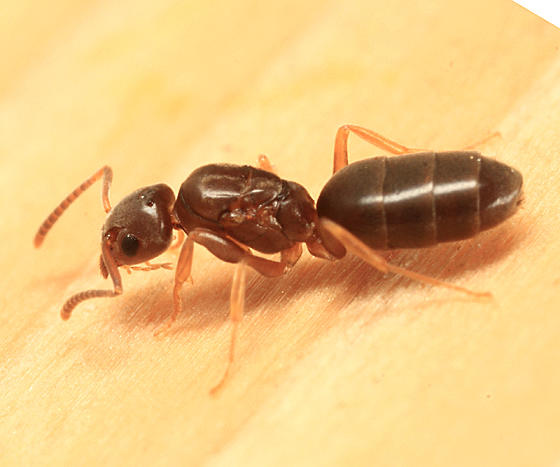Date of collection: Early July
Habitat of collection: Suburbs
Length (from head to gaster): 5mm
Color, hue, pattern and texture: Blackish with lighter stripes along gaster
Distinguishing characteristics: Gaster is very large compared to the rest of her body. Impressive when you see it in person because this ant is very small.
Distinguishing behavior: Sensitive to light, fairly active when disturbed. Has small pile of no more than 5 eggs.
Nuptial flight time and date: July


There is a large mite on her gaster, but she's still alive so it may not be a harmful one. We'll have to see if she's doomed or not. The mite along with pictures of other Lasius sp. led me to speculate that it might be that genus since they are known to carry lots of mites. The size of the queen doesn't match up, so there's a good chance it might be something else? Thanks.
Edited by Trythis22, July 6 2018 - 4:22 PM.


















